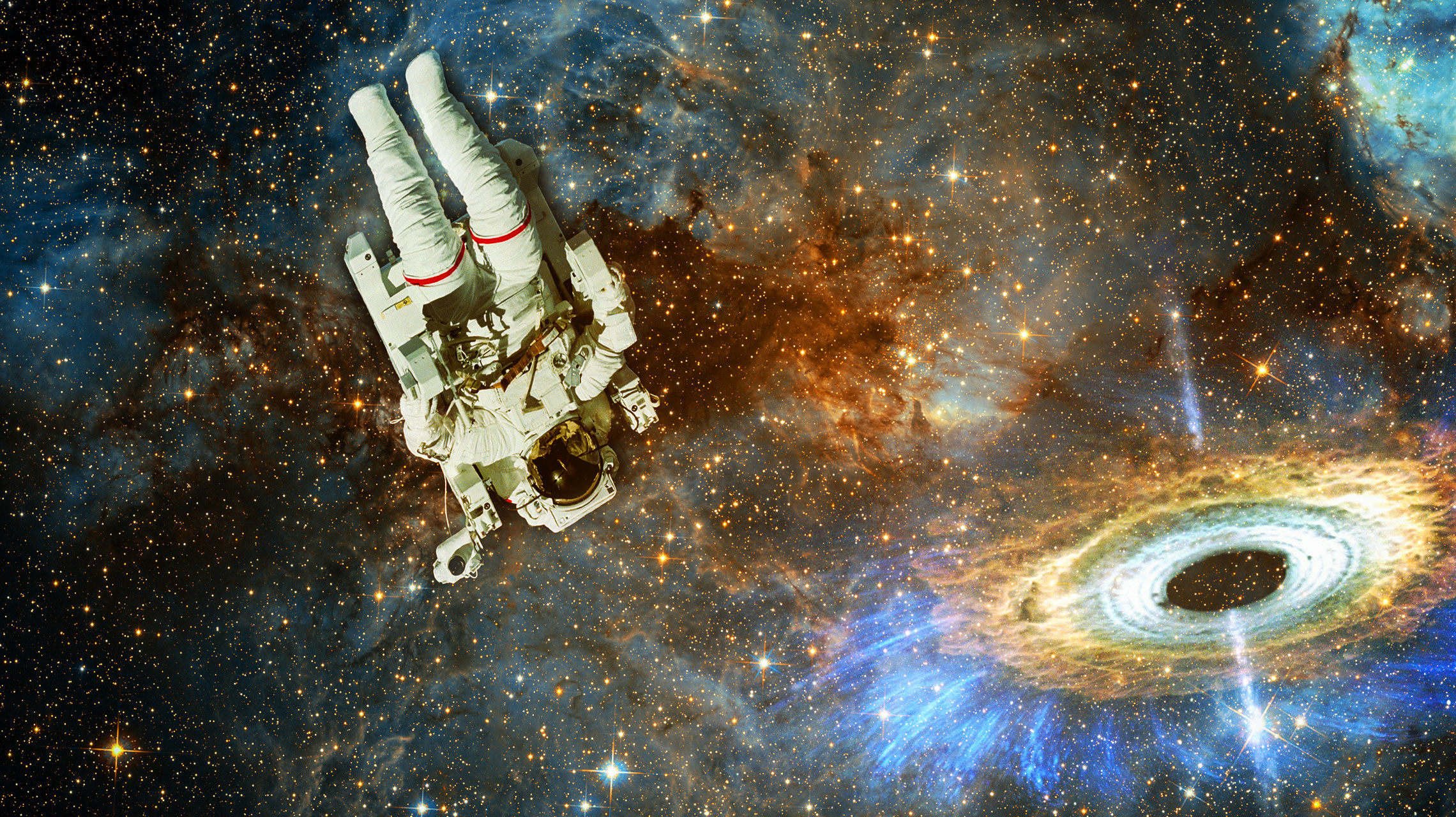Create a free profile to get unlimited access to exclusive videos, sweepstakes, and more!
Turn up your speakers and take a wild ride on a Shuttle solid rocket booster

On Google+, Michael Interbartolo -- who worked for ten years on the Space Shuttle Program in Mission Control in Houston -- just posted about this amazing video from cameras mounted on the Shuttle solid rockets as they rode into space. We've seen videos from rocketcams before, but this is very clear, and has enhanced sound that'll rock your speakers:
Makes sure you have it set to HD and crank up the volume!
There's a lot to see here! The ascent is very cool, of course, and at two minutes the solid rocket boosters (or SRBs) separate from the external tank and Orbiter. As they tumble away we see the Earth spinning around, and several times you can see the plume from the launch in the view poking up from the surface into the sky. You can also see the bright "star" of the Orbiter as it continues on into space -- the SRBs only burn for about two minutes, and are used as an assist to boost the Orbiter above the atmosphere. Once the SRBs drop away, the Orbiter burns liquid fuel from the orange external tank until it has enough speed to attain orbit.
The drop back to Earth is fascinating to watch as well. The sounds are odd and hypnotic; roaring, moaning, rushing air... and then the parachutes open. Finally, the boosters splash down in the Atlantic, and it was a jolt to see once again how hard they smack into the water.
I was also interested in watching the numbers flashing past: on the upper left is elapsed time, and on the upper right is the air speed as calculated using on board instruments. Watch as the speed increases... and then the increase increases! In other words, the acceleration of the whole system increases quite a bit with time. That's because the thrust from the rockets -- the force they apply to the stack -- is roughly constant, but as they burn fuel, the mass decreases. Since force = mass à acceleration (F = ma, with a hat tip to Isaac Newton!), as the mass drops, the acceleration must increase.
The astronauts inside at first feel only a moderate force (about 1.7 g), but it increases up to 2.7 g right before the SRBs stop burning and then detach. The ride gets much smoother then, since burning liquid fuel is a more gentle process. Because the main engines don't generate as much thrust as the SRBs, the acceleration drops right after the SRBs fall away. But it begins to increase again as liquid fuel continues to burn and the mass decreases, topping off at 3 g until the main tank runs out of gas and detaches, leaving just the Orbiter with its onboard fuel to head into orbit.
This video is part of an extra bit of footage that'll be on a DVD/BluRay called "Ascent: Commemorating the Space Shuttle" put together by NASA. There's a lot to say about this now-retired rocket system, of course, both good and bad. But video like this reminds me of how amazing it is that we have the ability to go into space. All we have to do is choose to do it... and do it wisely.
Related Posts:
- Endeavourâs eye view of her last launch
- Ride an SRB video into space
- Awesome Shuttle launch videos!


























